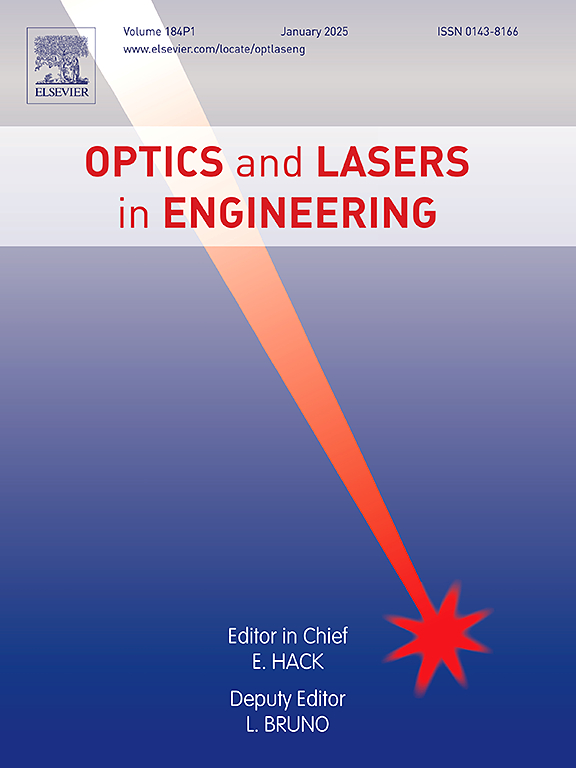Artifact reduction in rotational computed laminography using a deep learning method
IF 3.5
2区 工程技术
Q2 OPTICS
引用次数: 0
Abstract
Computed laminography (CL) is widely used in imaging plate-like object. Due to lacking projection data along non-thickness direction, images reconstructed from CL contain severe interlayer aliasing artifacts. These artifacts can greatly affect later object identification and information extraction from the CL images, restricting their utility value. To reduce aliasing artifact in CL, we develop a deep learning method to post-process the FDK-reconstructed image. Firstly, we analyze the characteristics of aliasing artifacts in CL images. Based on that, a modified U-Net convolutional neural network (CNN), which takes 2.5D radial slice as input, is proposed. Then, the effectiveness of the proposed method is tested and compared with other strategies, including the methods using 2D (z direction, x direction, and radical direction) slice and 2.5D (z direction, x direction) slice as input. Experimental results on ball grid array (BGA) specimens shows that the proposed method give the best performance in the CL aliasing artifact reduction in all comparison strategies.
求助全文
约1分钟内获得全文
求助全文
来源期刊

Optics and Lasers in Engineering
工程技术-光学
CiteScore
8.90
自引率
8.70%
发文量
384
审稿时长
42 days
期刊介绍:
Optics and Lasers in Engineering aims at providing an international forum for the interchange of information on the development of optical techniques and laser technology in engineering. Emphasis is placed on contributions targeted at the practical use of methods and devices, the development and enhancement of solutions and new theoretical concepts for experimental methods.
Optics and Lasers in Engineering reflects the main areas in which optical methods are being used and developed for an engineering environment. Manuscripts should offer clear evidence of novelty and significance. Papers focusing on parameter optimization or computational issues are not suitable. Similarly, papers focussed on an application rather than the optical method fall outside the journal''s scope. The scope of the journal is defined to include the following:
-Optical Metrology-
Optical Methods for 3D visualization and virtual engineering-
Optical Techniques for Microsystems-
Imaging, Microscopy and Adaptive Optics-
Computational Imaging-
Laser methods in manufacturing-
Integrated optical and photonic sensors-
Optics and Photonics in Life Science-
Hyperspectral and spectroscopic methods-
Infrared and Terahertz techniques
 求助内容:
求助内容: 应助结果提醒方式:
应助结果提醒方式:


